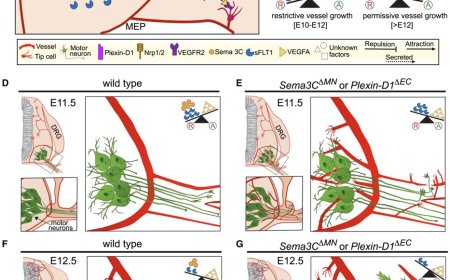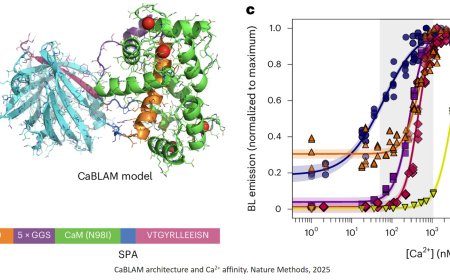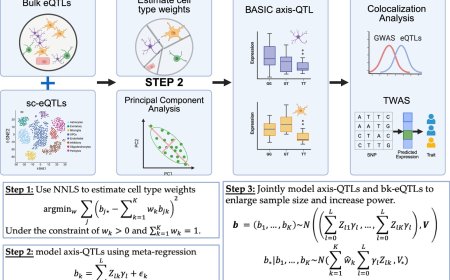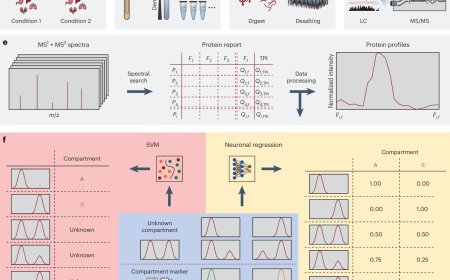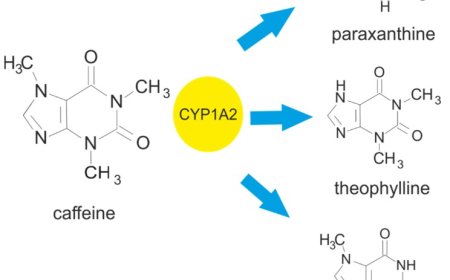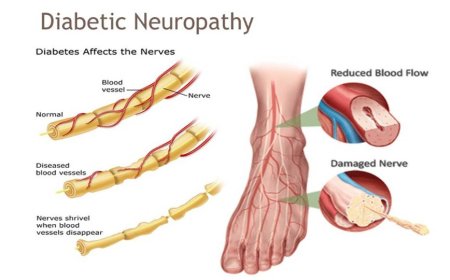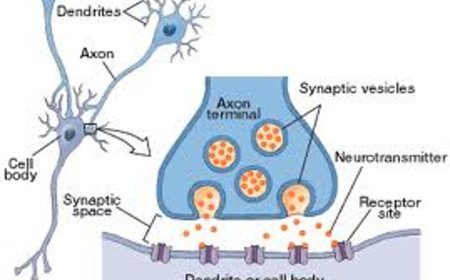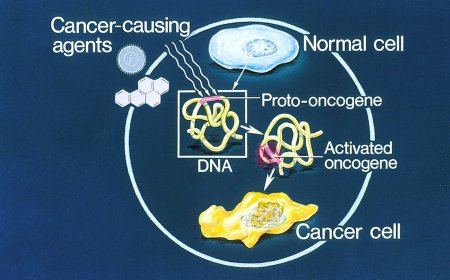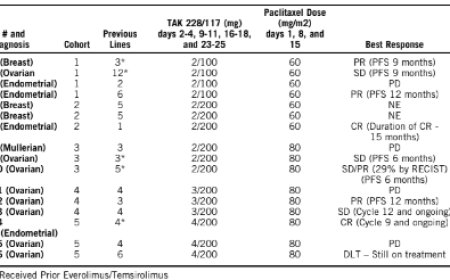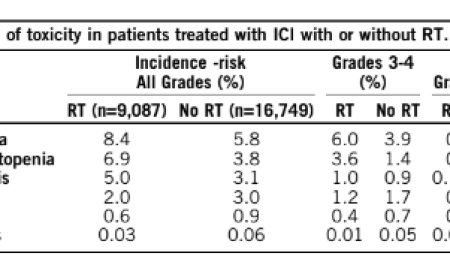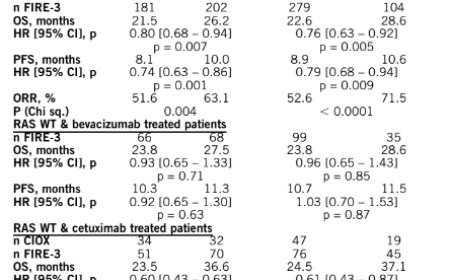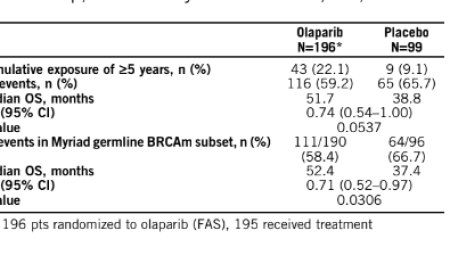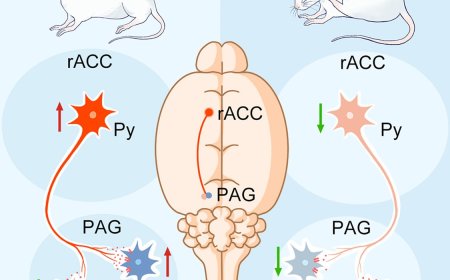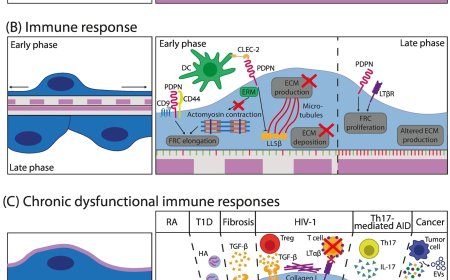Immune tumor microenvironment role in cancer
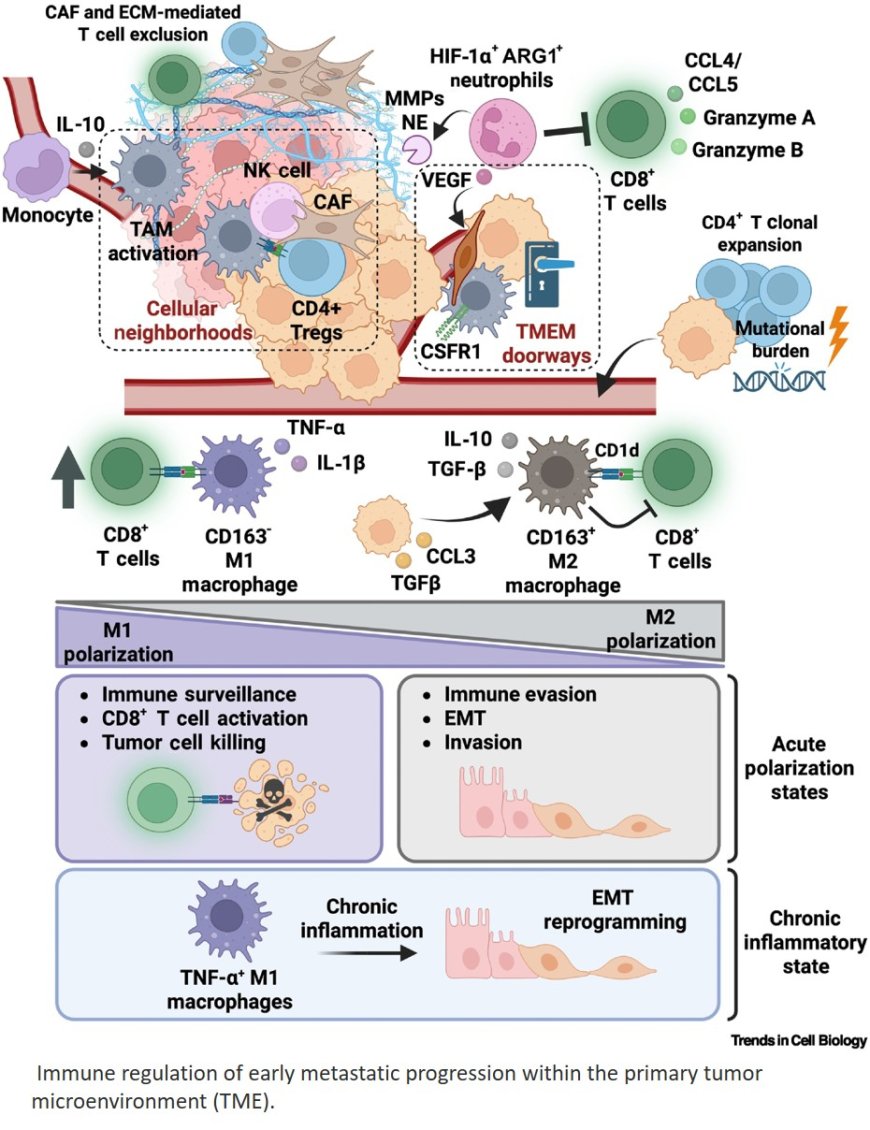
Metastasis is driven by context dependent tumor–immune interactions that shift between suppressing and promoting cancer based on spatial and temporal cues in the microenvironment.
The immune tumor microenvironment (TME) shapes metastasis through balancing its pro- and antitumor roles in extracellular matrix (ECM) remodeling, immune suppression, angiogenesis, and T cell exclusion.
Circulating tumor cells (CTCs) are protected and supported by neutrophils and macrophages in the circulation that help them to survive immune surveillance and mechanical stress, which enables their metastasis to distant sites.
The pre-metastatic niche (PMN) is shaped by immune and stromal interactions in which monocytes and neutrophils drive immunosuppression, inflammation, and ECM remodeling to prime distant organs for metastasis, emphasizing the need for site specific immune-targeted therapies .
Disseminated tumor cells (DTCs) face intense immune and microenvironmental pressures at secondary sites where they often enter dormancy to evade detection and survive, but can later escape this state through immune evasion, ECM remodeling, or inflammatory cues – highlighting the need for therapies that target both immune responses and dormancy pathways to prevent metastatic relapse.
The metastatic TME influences DTCs through immune and inflammatory interactions that can either maintain dormancy or trigger reactivation, and treatments such as surgery and chemotherapy sometimes promote metastasis, emphasizing the need for therapies.
https://www.cell.com/trends/cell-biology/fulltext/S0962-8924(25)00124-2
